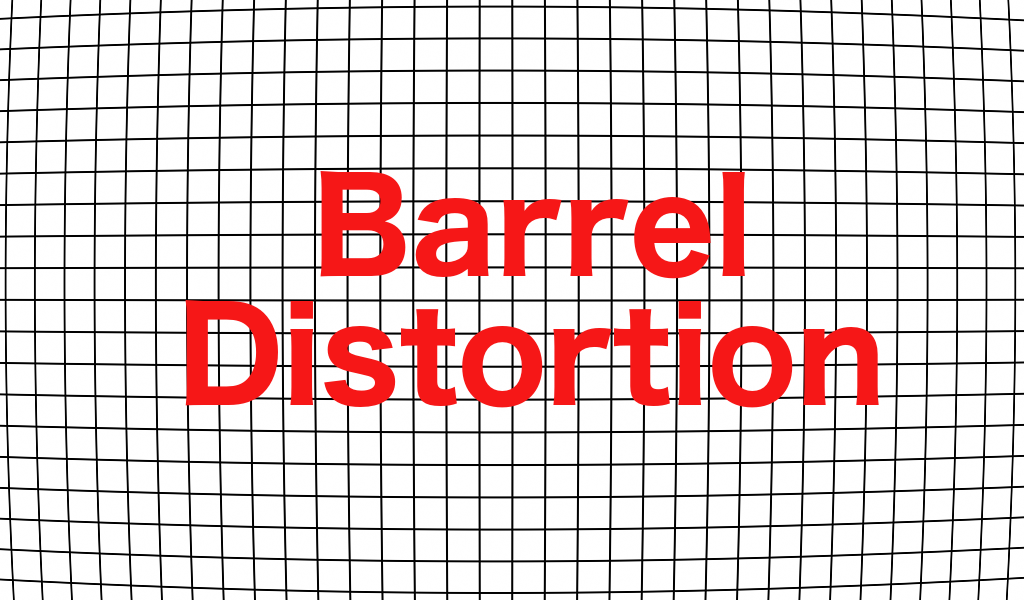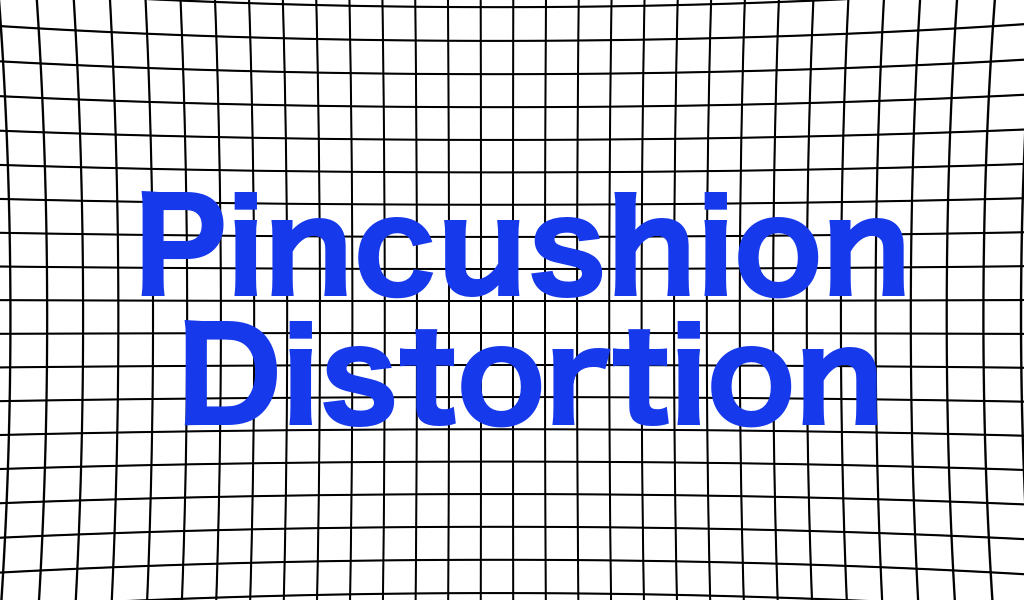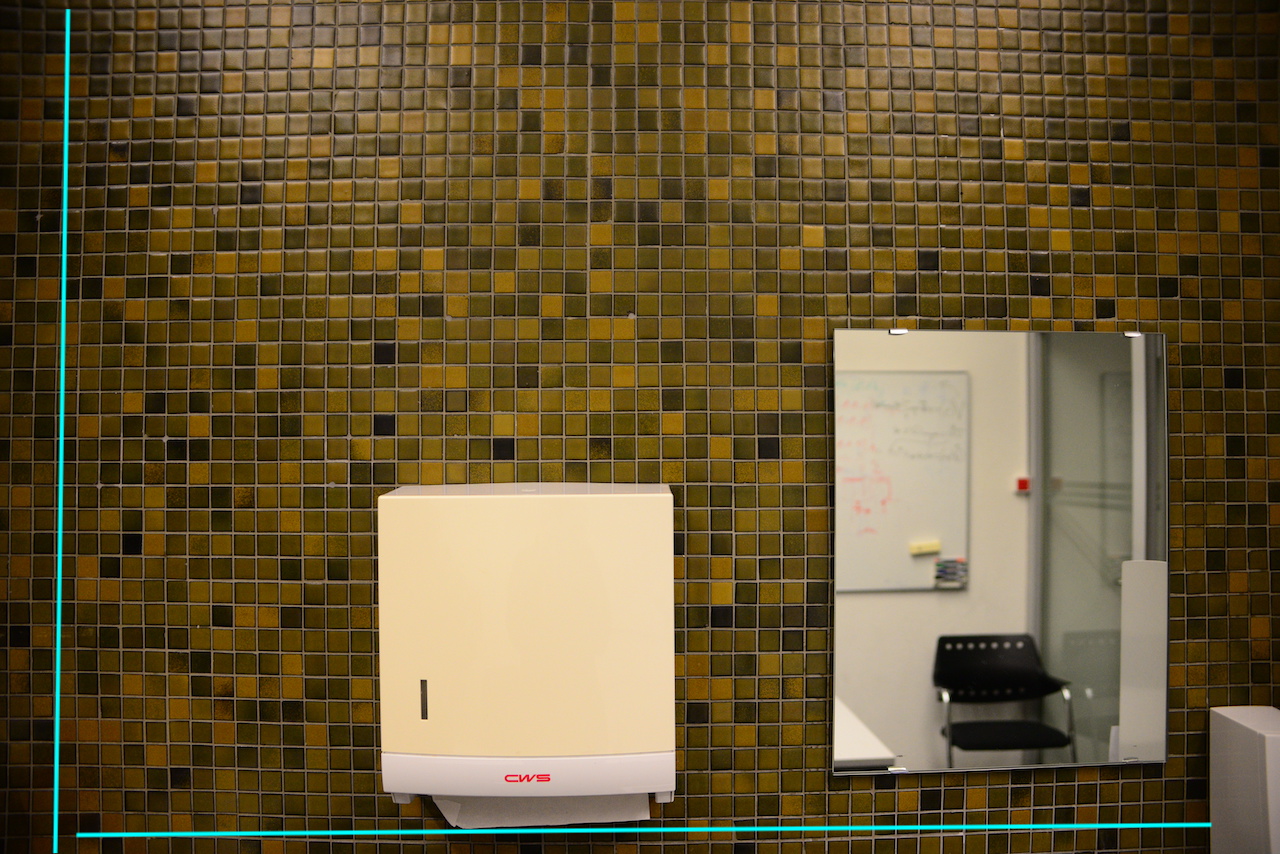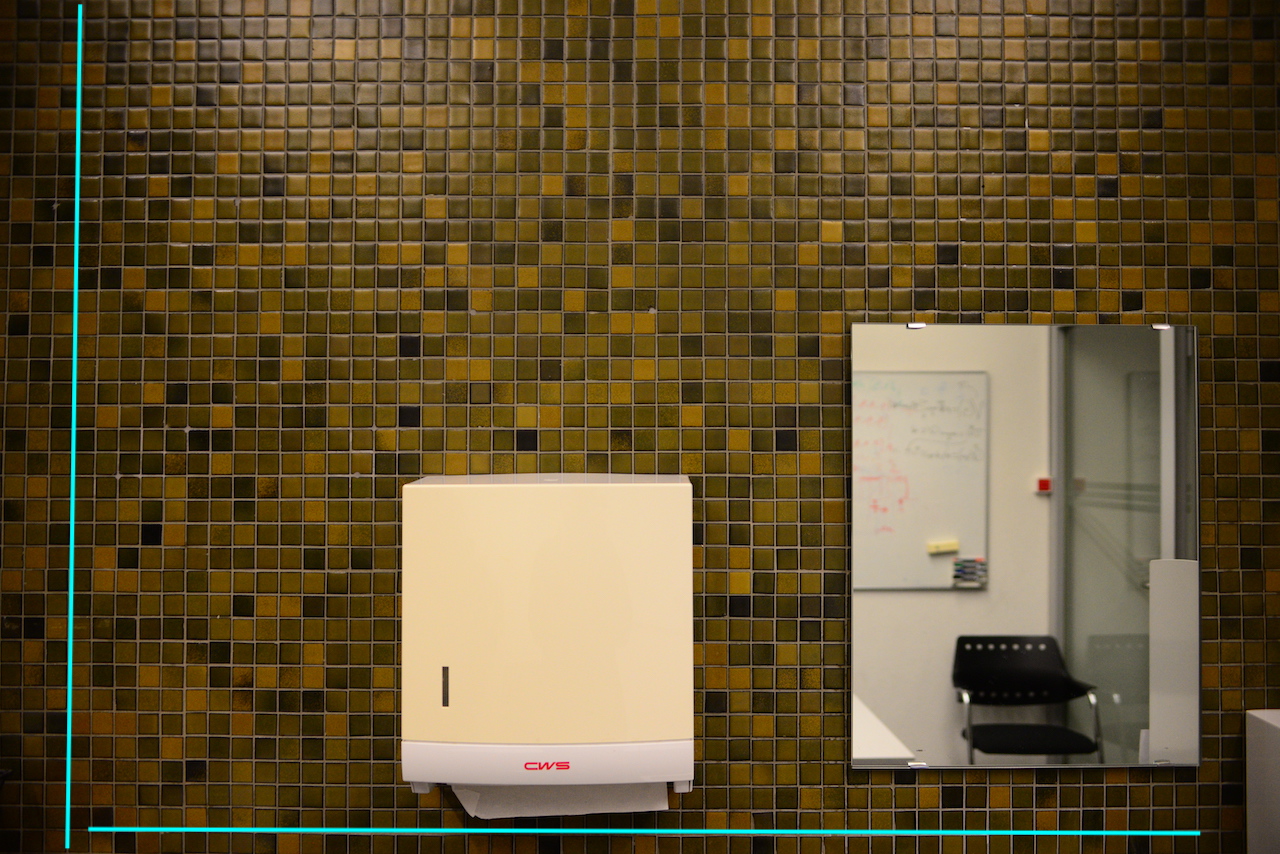Distortion
When lines are no longer straight
Look at your lens, you will see all these round curvy surfaces, yet somehow when light makes it to the sensor you should not see any curving effect that distorts straight lines you see.
One of the many problems that a lens designer has to deal with is to limit distortion. This is easier if you need to worry only about one focal length. Therefore prime lenses usually have very little (if any) distortion. Zoom lenses have a harder time with this, as they will have to cover this over differing focal lengths. In most cases, it is a compromise, you try to balance the distortion, over the focal length range, cost of the lens and the weight. The good news is that since it is a very deterministic problem it can be compensated. In better cameras this can already be done in camera (see below) or in any case later in post-processing.
The nature of the distortion makes it more pronounced around the edges, the center will look mostly ok.
- If the lines bulge outward people speak of barrel distortion
- When the lines bulge inside towards the center you have what they call a pincushion distortion.
In most zooms the distortion will change over the range and it will be barely noticeable for a larger range. It is therefore normal that a zoom to have barrel distortion at its wide end and pincushion distortion at its longer end.
Of course it is possible to work around all issues of the lenses, or use it as part of your shot. Distortion will haunt you when you try to take pictures of brick walls or modern buildings with tons of straight lines, but when you are taking regular pictures of nature it is not very normal to get long straight lines towards the edges. Since the issue is more pronounced around the edges, you can also avoid these issues by framing the picture so that these lines do not appear around the edges, zoom out a bit get more of the scenery, and the annoying telephone pole on the left that was curving a bit moves closer to the center and already looks much straighter.
If you know what the problem is, it is easy to correct
More modern cameras can automatically correct the known distortions for lenses at different focal lengths. Here I use the Nikon 28-200 which at 28mm has very visible distortion. I take two separate pictures, one without any correction the other with Auto distortion control set to on on a Nikon D610.
These pages are for Amateur Photographers and not really for seasoned photographers and professionals. I have no affiliation or commercial interest with any brand/make. I write from my own experience. I ended up using mainly Nikon, so I am more familiar with this brand than others. See price for notes on pricing as well as photography related links.



